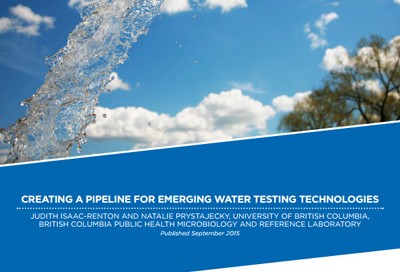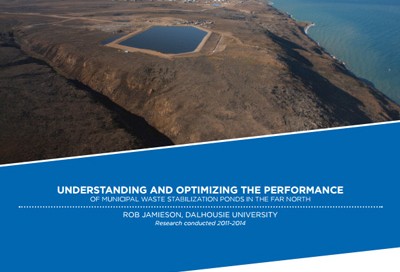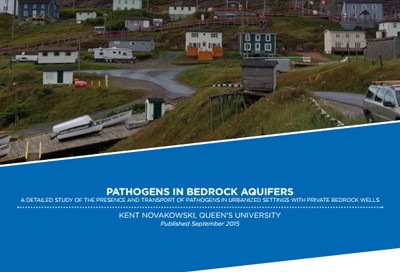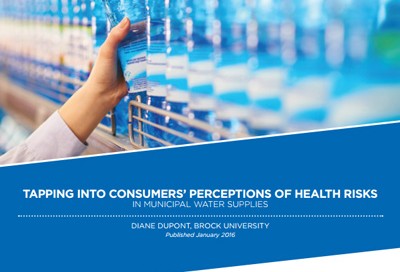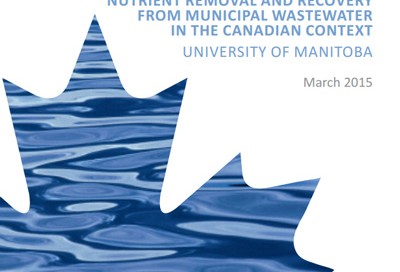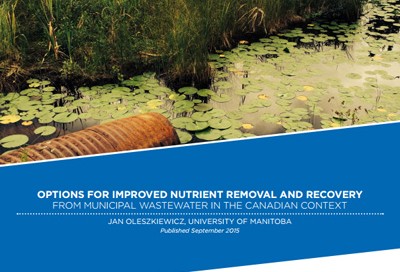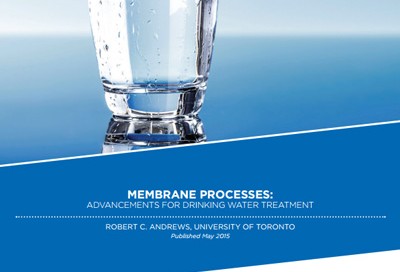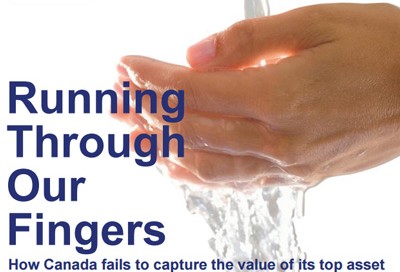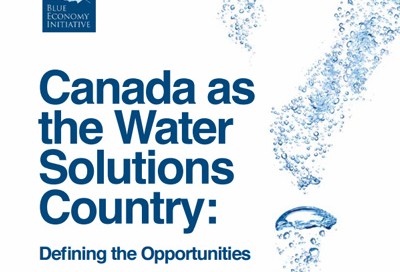Creating a pipeline for emerging water testing technologies
Fecal contamination of water is currently assessed by culturing fecal indicator bacterial such as Escherichia coli (E. coli), because indicator organisms are simpler to detect than pathogens. However, these methods do not provide information about source contamination or the presence of microbial pathogens. The goal of this project was to narrow the gap in the [...]


